1. Recently, the price of off-season dragon fruit in Binh Thuan is quite high, about 20,000 VND/kg (white) and over 30,000 VND/kg (red). With this price, if any household "hits" the crop, they will certainly make a good profit.
But the reality shows that in this year's off-season crop, in Binh Thuan, there was a prolonged drought, causing thousands of hectares of crops to lack irrigation water, including dragon fruit. For example, Mr. Lam Hong Diep's family, Tan Lap commune (Ham Thuan Nam) has 5,000 dragon fruit pillars near Ta Mon lake area. He shared: "At the beginning of the off-season crop, due to lack of irrigation water, we had to limit the use of lights, plus the dragon fruit was infected with pests, so the yield was very low. To maintain the life of the plants in the dry season, the family used a small amount of water from a drilled well and used a drip irrigation system, and composted the dragon fruit roots with straw. But with the severe drought, if there is still no water, we are afraid that we cannot save the plants that are gradually withering."
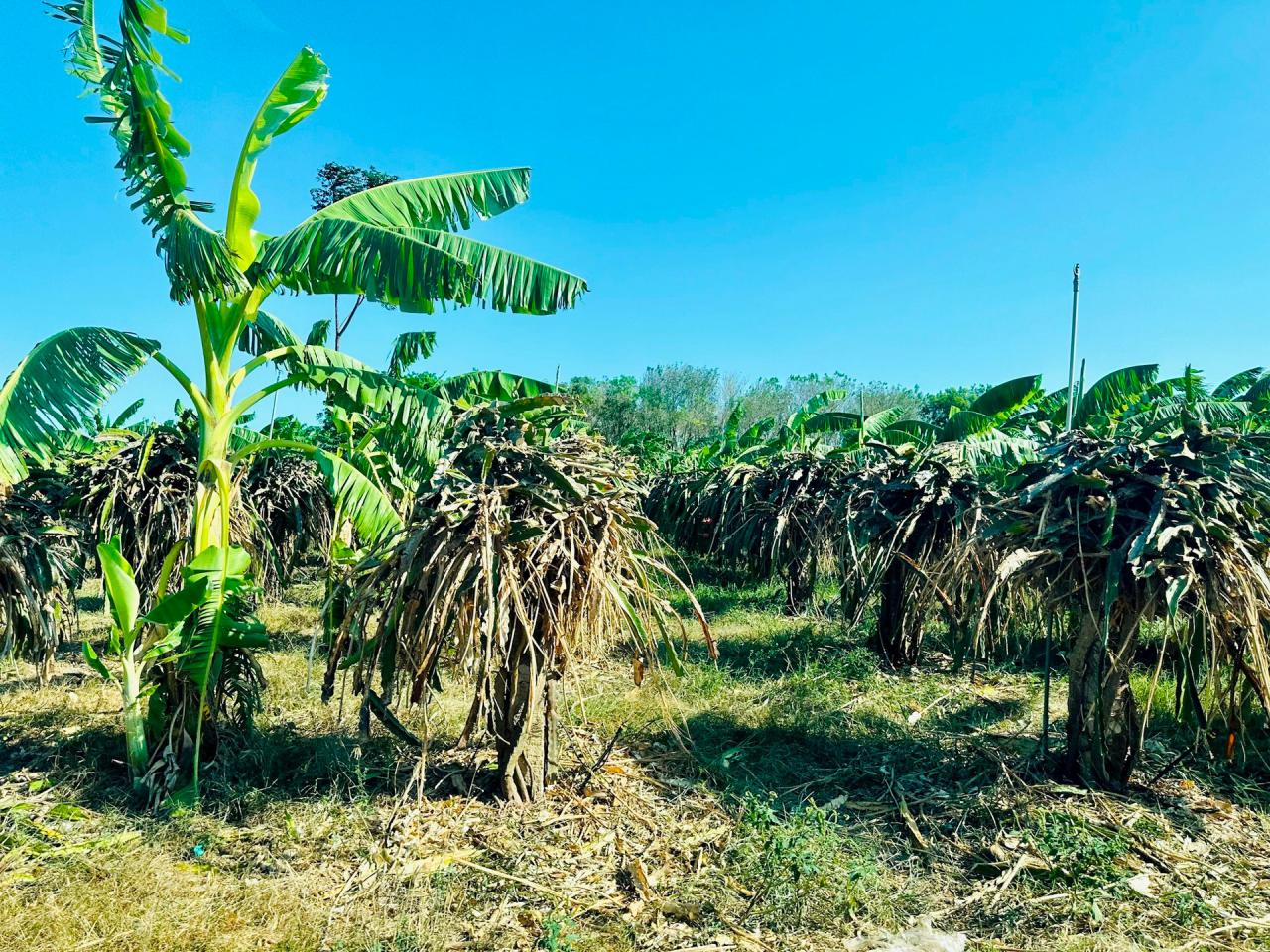
As for Mrs. Tran Thi Mong Linh in Hong Son commune (Ham Thuan Bac), she said that after a long period of ineffective dragon fruit growing, unstable prices leading to losses, recently, her family has demolished hundreds of dragon fruit pillars, converted the land to switch to rice cultivation...
It is undeniable that over the years, dragon fruit production has played an important role in the development of the agricultural and rural economy . However, the value of the province's dragon fruit industry in recent years has tended to decrease year after year. Currently, the whole province has about 26,498 hectares of dragon fruit, with an output of about 570,560 tons/year. Compared to the area by the end of 2020, Binh Thuan dragon fruit has 33,730 hectares with an output of about 650,000 tons/year, showing a decrease in both area and output.
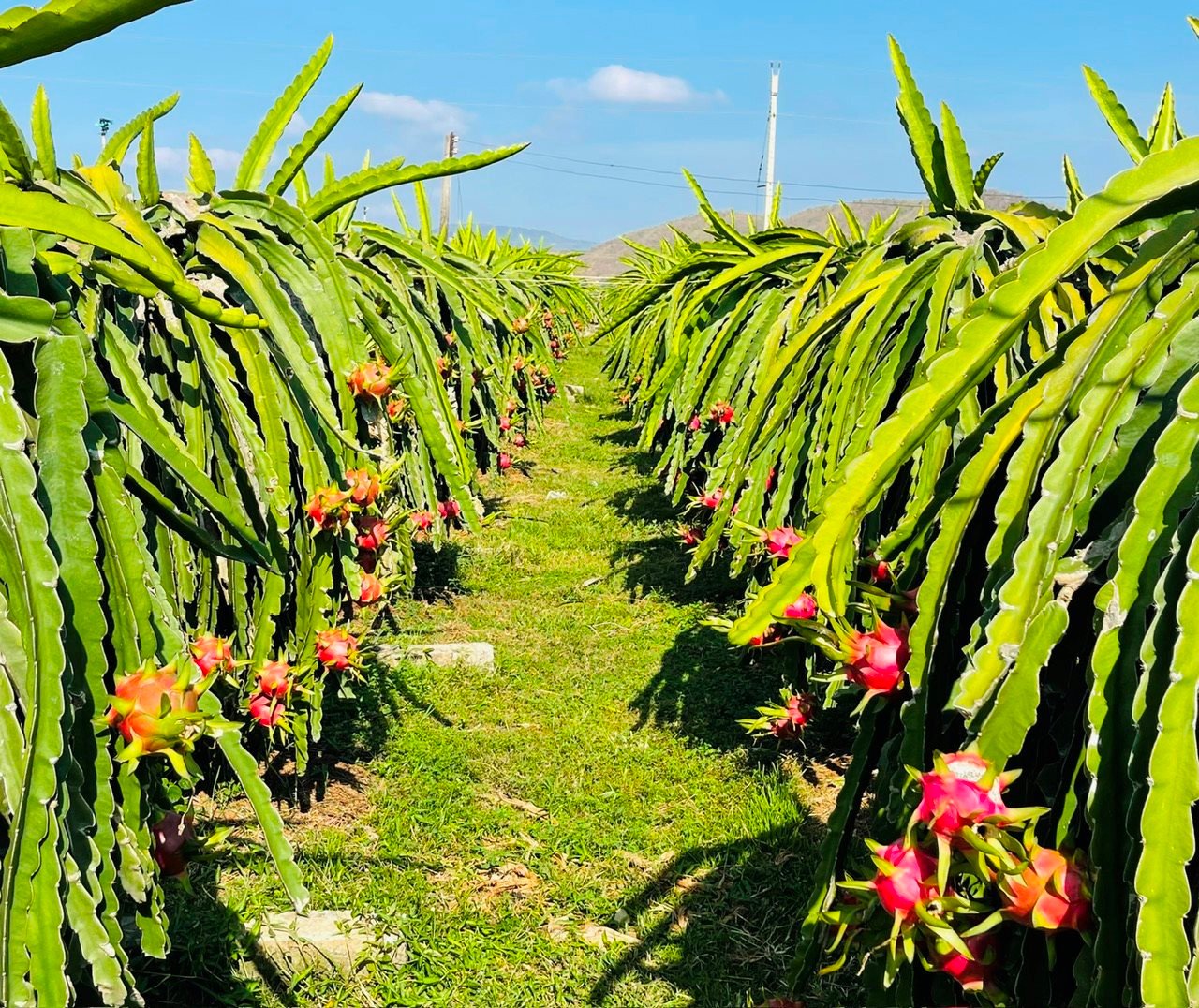
According to the provincial agricultural sector, one of the reasons for this decline is the impact of the Covid-19 epidemic, so there were times when dragon fruit exports encountered many difficulties. Dragon fruit prices always fluctuated at low levels, affecting farmers' production. Therefore, from 2021 to now, dragon fruit growers have destroyed and not cared for or changed the crop structure.
In addition, there are still many shortcomings and limitations that have been pointed out, such as the production scale is still small and fragmented, and there are not many large-scale production areas. On the other hand, it has not created a large enough volume of competitive products, the consumption market is unstable, mainly the Chinese market, and prices are unstable. One problem that needs attention is the unsustainable connection between producers and exporting enterprises, the lack of primary processing facilities and deep processing products and limited technology. At the same time, under the impact of climate change, many types of pests and diseases have emerged, along with the degeneration of dragon fruit varieties, affecting investment in production...
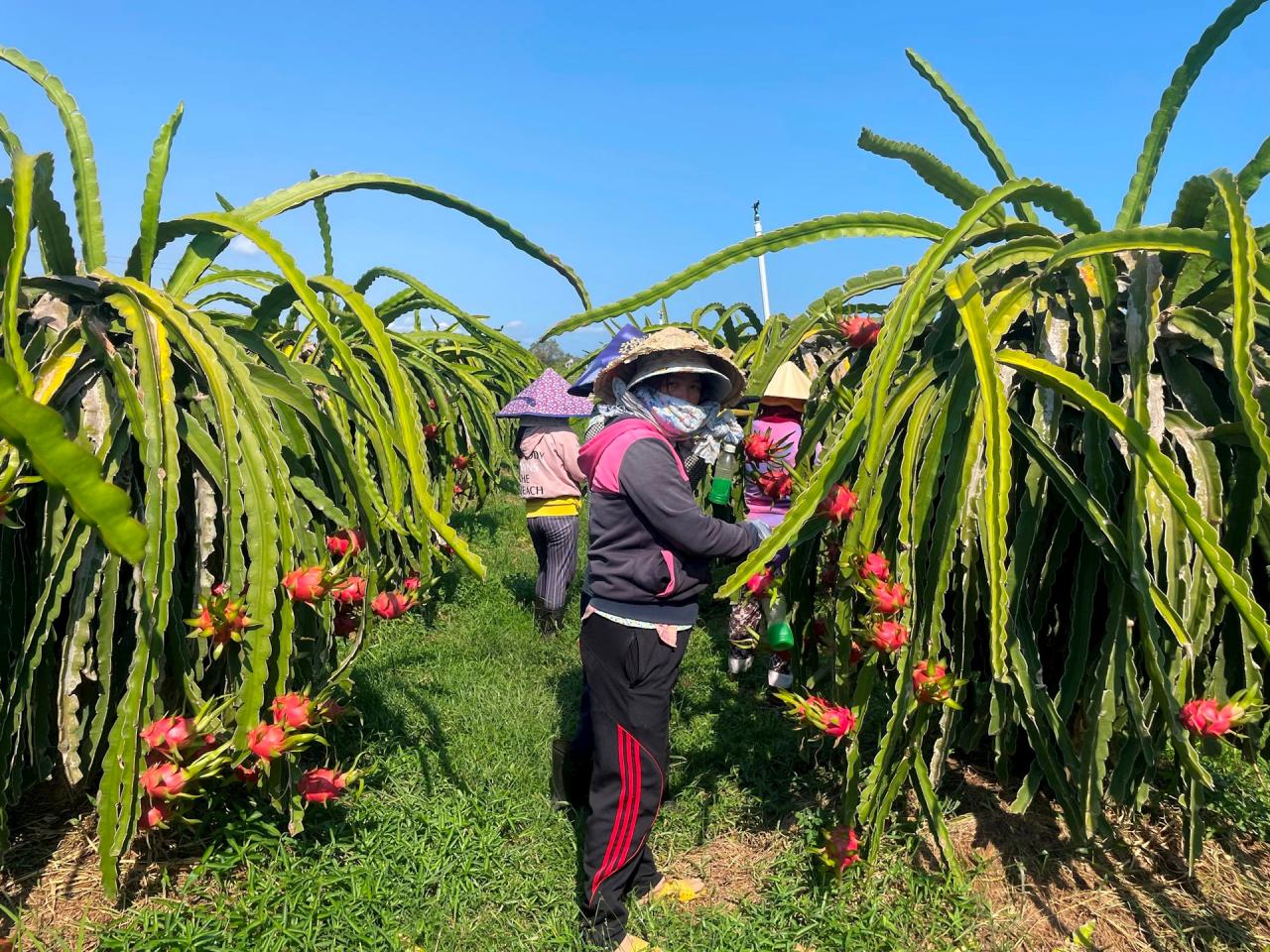
2. In late April 2024, the Project on Sustainable Development of Dragon Fruit to 2030 was officially approved by the Provincial People's Committee. The goal is to stabilize the area and develop dragon fruit in the direction of large-scale, ecological, clean, safe, environmentally friendly commodity production, with the ability to withstand epidemics and climate change. At the same time, closely connect with domestic and foreign markets, contribute to job creation, high income, increase export value, and promote the Binh Thuan dragon fruit brand. At the same time, link production and find consumption markets to stabilize the lives of dragon fruit farmers, contribute to the development of green agriculture, ecological agriculture, circular agriculture and emission reduction.
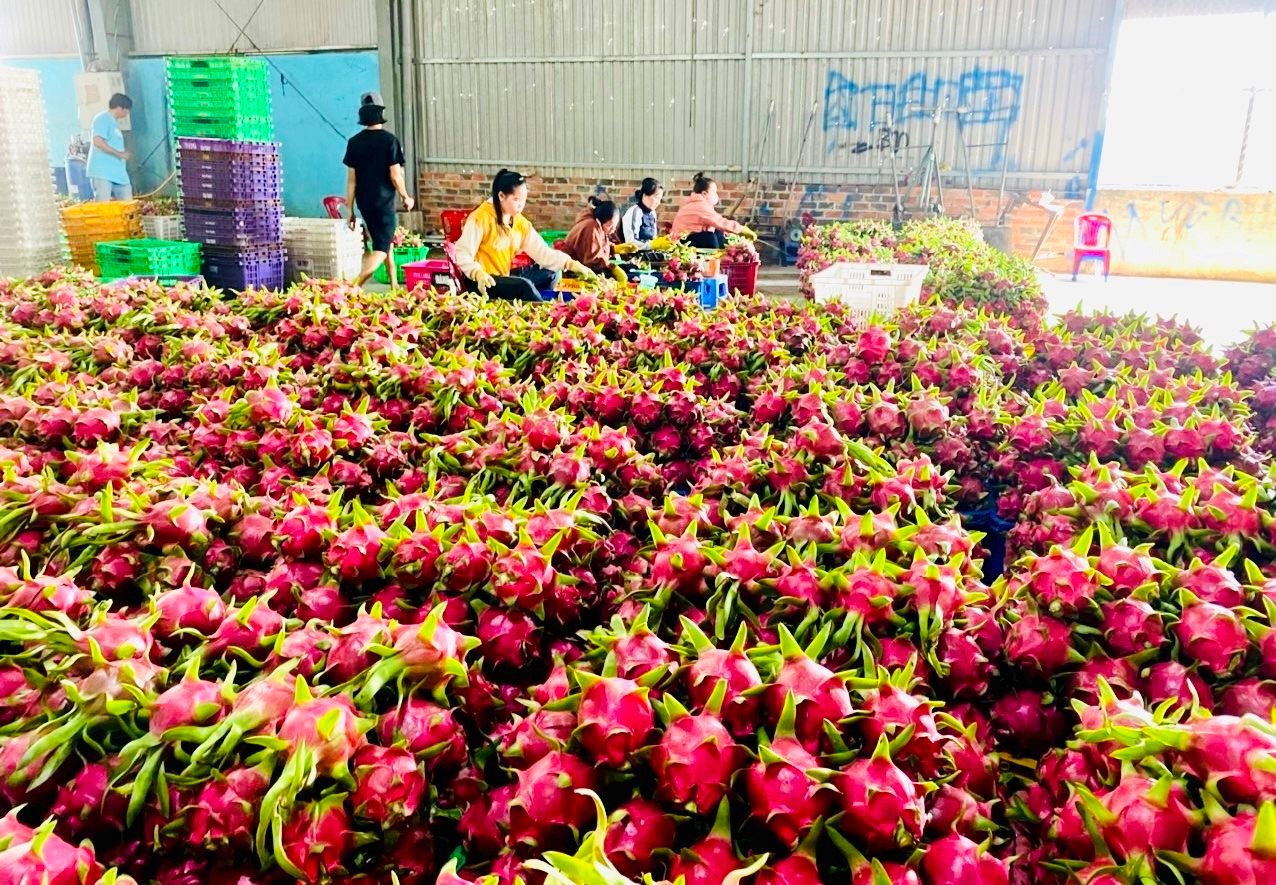
According to the project's objectives, from the current dragon fruit area of nearly 26,500 hectares in the whole province, by 2030, Binh Thuan will stabilize the dragon fruit area at about 25,000 hectares (concentrated in key districts, including Ham Thuan Nam 12,600 hectares, Ham Thuan Bac 5,000, Bac Binh 3,000 hectares, Ham Tan 2,000 hectares...). Thus, in the coming years, the dragon fruit area of the province will continue to be "purified", reducing by more than 1,000 hectares, including replacing old, low-yield, low-quality dragon fruit gardens.
The project's goal also sets the rate of product value produced under the forms of cooperation and association to reach about 70%. The rate of dragon fruit growing area applying good agricultural production practices (VietGAP and equivalent) to reach about 70-75% of the total area. Along with that, forming a factory to process products from dragon fruit...
To achieve these goals, the Provincial People's Committee has set out many tasks and solutions. These include communication, unifying awareness and action on dragon fruit development. Strengthening the Binh Thuan Dragon Fruit Association to promote its role as a representative and bridge with provincial leaders and functional departments and branches of the province, with sufficient capacity to manage geographical indications; promoting and introducing products, finding partners and customers to expand and exploit export markets to countries with geographical indication trademark protection. At the same time, paying attention to developing the domestic dragon fruit market, stabilizing traditional markets, expanding and diversifying export markets... With high determination, and the birth of the Project on sustainable development of dragon fruit trees until 2030, it is time for Binh Thuan dragon fruit to need the "joining hands" and participation of the entire political system, gradually "purifying" the area, focusing on quality to meet the increasingly competitive market.
K. HANG
Source


![[Photo] Students of Binh Minh Primary School enjoy the full moon festival, receiving the joys of childhood](https://vphoto.vietnam.vn/thumb/1200x675/vietnam/resource/IMAGE/2025/10/3/8cf8abef22fe4471be400a818912cb85)



![[Photo] Prime Minister Pham Minh Chinh chairs meeting to deploy overcoming consequences of storm No. 10](https://vphoto.vietnam.vn/thumb/1200x675/vietnam/resource/IMAGE/2025/10/3/544f420dcc844463898fcbef46247d16)






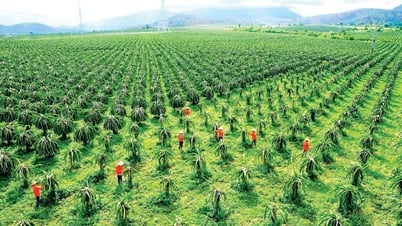
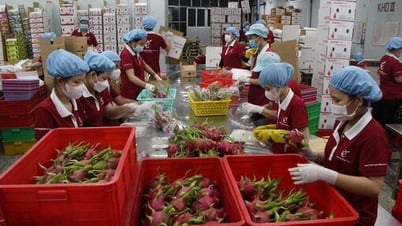

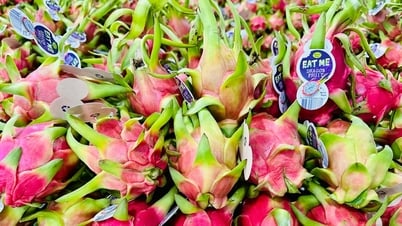




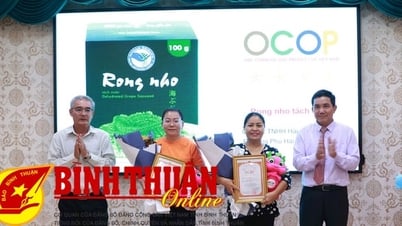







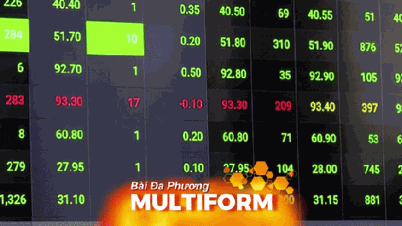



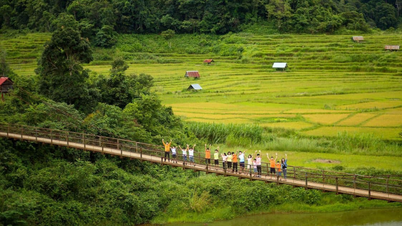

























































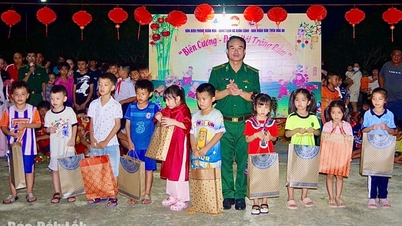











Comment (0)